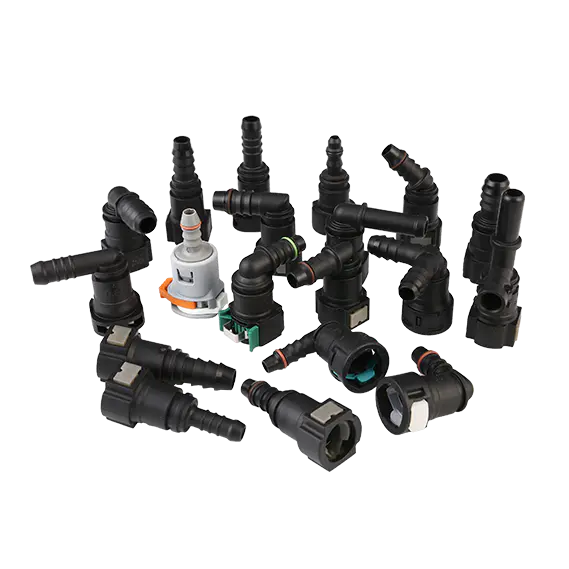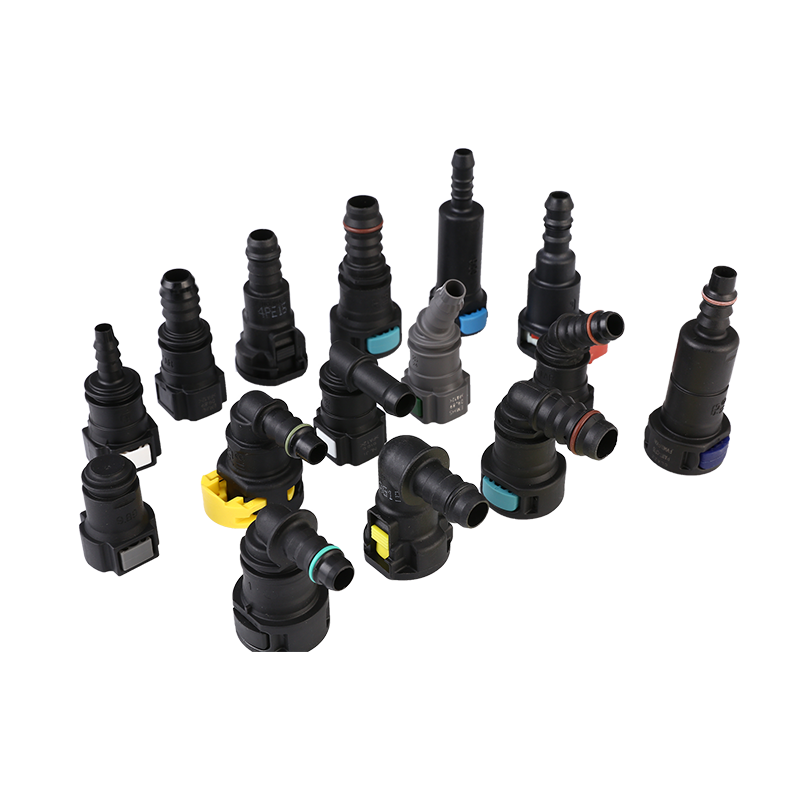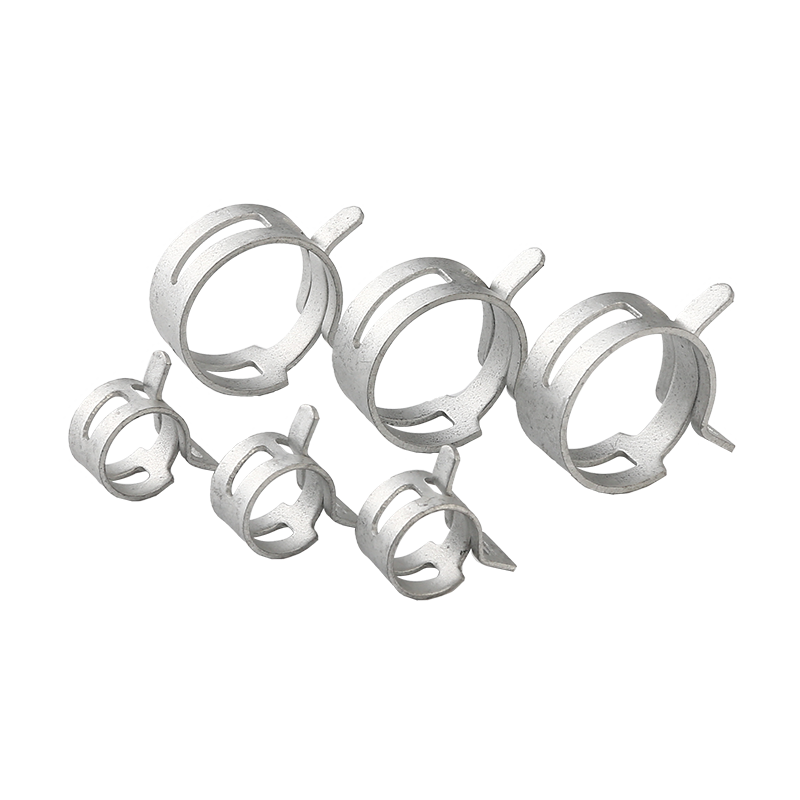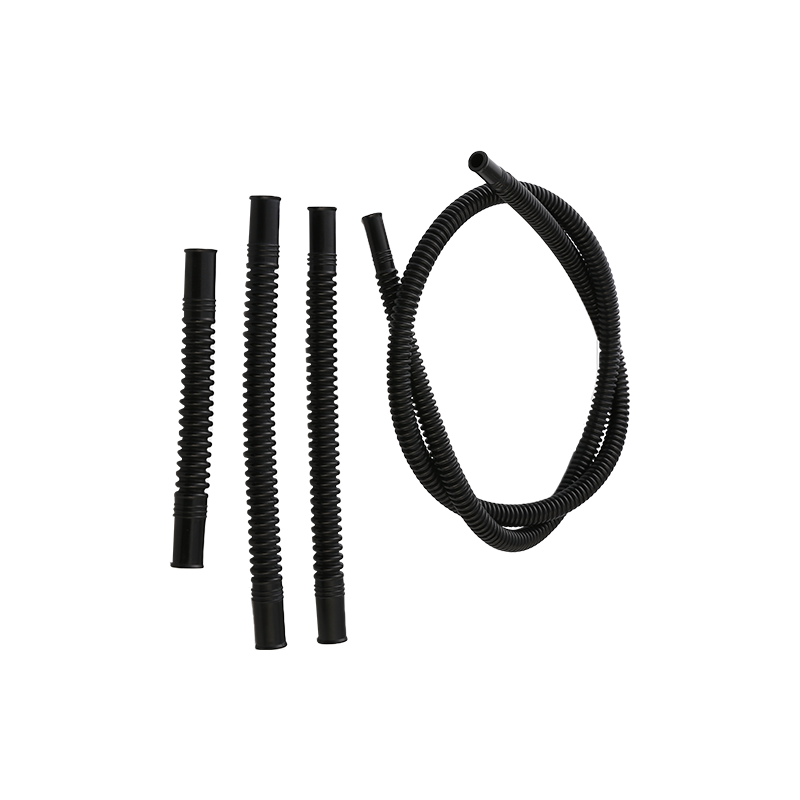Common Issues with Coolant Hoses and Solutions
Coolant hoses, including both Automotive Coolant Radiator Hose and Coolant Hose, are essential components that maintain engine temperature. While these hoses are designed to last, they can wear out over time due to heat, pressure, and the constant flow of coolant.
Signs of Coolant Hose Problems
The automotive coolant radiator hose and coolant hose are vital to the performance of your car’s engine cooling system. Understanding the common issues that can arise with these hoses is the initial step in preventing costly repairs and breakdowns.
Here are some early warning signs that your coolant hoses may be malfunctioning:
Leaking Coolant
One of the more obvious signs of a bad hose is visible coolant leakage. If you notice puddles of coolant beneath your vehicle or coolant spray on engine parts, your hoses may be cracked or worn out. Leaking hoses can cause the engine to overheat, resulting in engine damage if left unchecked.
Engine Overheating
The primary function of the automotive coolant radiator hose and Coolant Hose is to circulate coolant through the engine. If a hose becomes blocked, kinked, or cracked, coolant flow can be restricted, causing the engine to overheat. This could trigger the temperature gauge to rise, or you may notice the engine running hotter than usual.
Cracks or Bulging in the Hose
Coolant hoses can become brittle and develop cracks over time, especially when exposed to excessive temperatures. Bulging hoses are also a sign that they’re under excessive pressure or have become weak. If not replaced, cracked or bulging hoses can burst, causing significant damage to your engine’s cooling system.
.jpg)
Solutions to Fix Coolant Hose Issues
If you suspect that the Automotive Coolant Radiator Hose or Coolant Hose in your vehicle is faulty, here are some solutions to consider:
Inspect and Replace Damaged Hoses
Regularly inspect your hoses for visible signs of damage such as cracks, bulges, or leaks. If a hose appears to be compromised, replace it as soon as possible. Waiting to replace a damaged hose can cause to more significant problems, including engine overheating and coolant loss.
Check the Cooling System for Leaks
If you're noticing coolant loss, it could be a sign of a leak somewhere in the system, not just the hoses. Use a pressure tester to check for leaks in the radiator, water pump, or other cooling system components. Once you identify the source of the leak, make the necessary repairs.
Use High-Quality Replacement Hoses
When replacing your Coolant Hose, it’s important to use high-quality replacement parts. OEM (Original Equipment Manufacturer) hoses are designed to meet your vehicle’s specifications, ensuring ideal performance and reliability. While aftermarket hoses may be cheaper, they may not offer the same durability as OEM options.
Replace Worn-Out Clamps
The clamps that secure the coolant hoses to the engine can also wear out over time. Inspect the clamps for corrosion or looseness and replace them as needed. A loose or rusted clamp can cause a hose to slip off, causing to leaks or coolant loss.
Flush the Cooling System
Over time, coolant can become contaminated with debris and sludge, which can damage hoses and other components in the cooling system. Periodically flushing the cooling system helps remove old coolant and prevent buildup, ensuring the system operates efficiently.

 English
English
 Español
Español


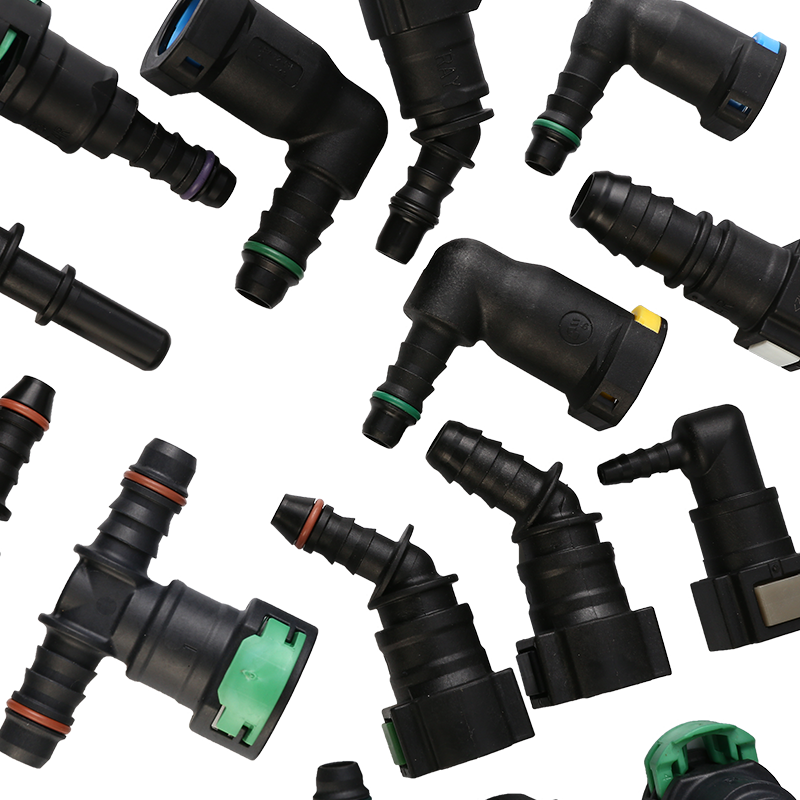
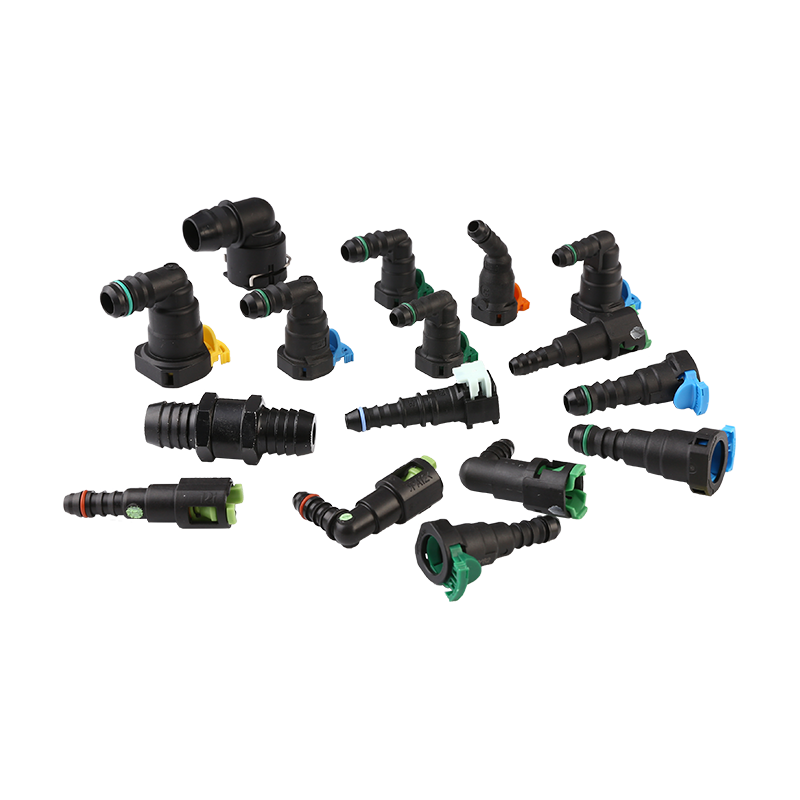
.png)
